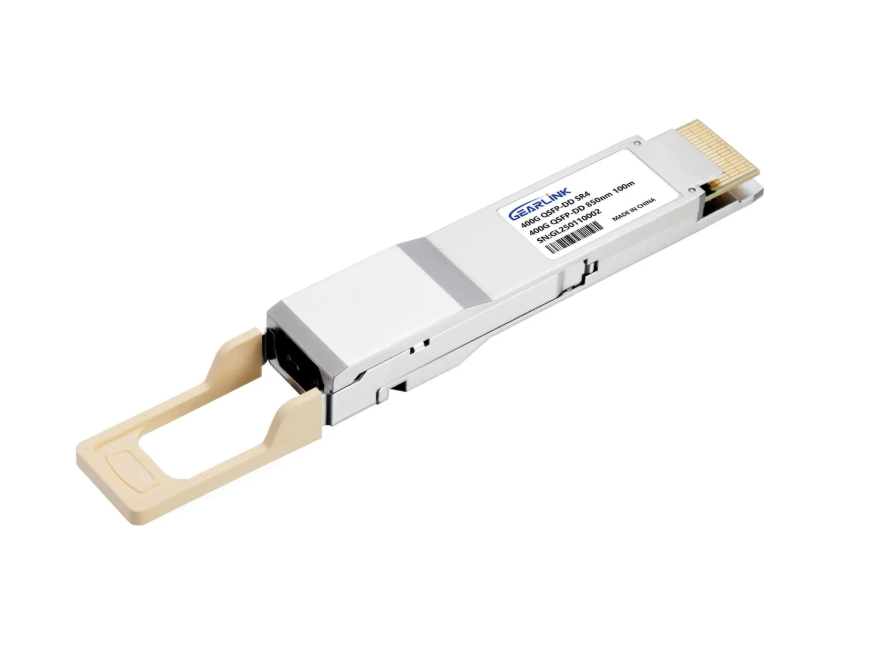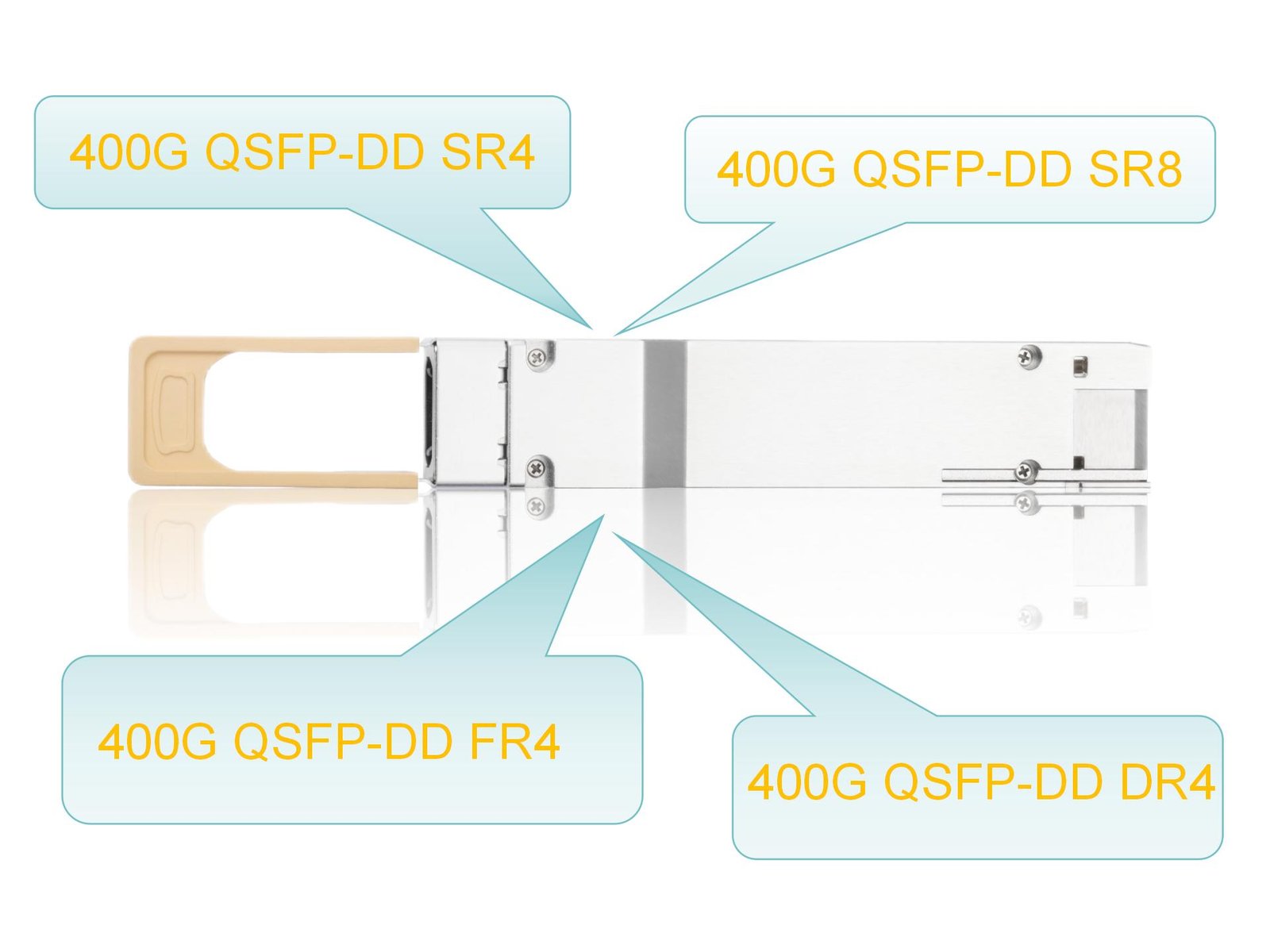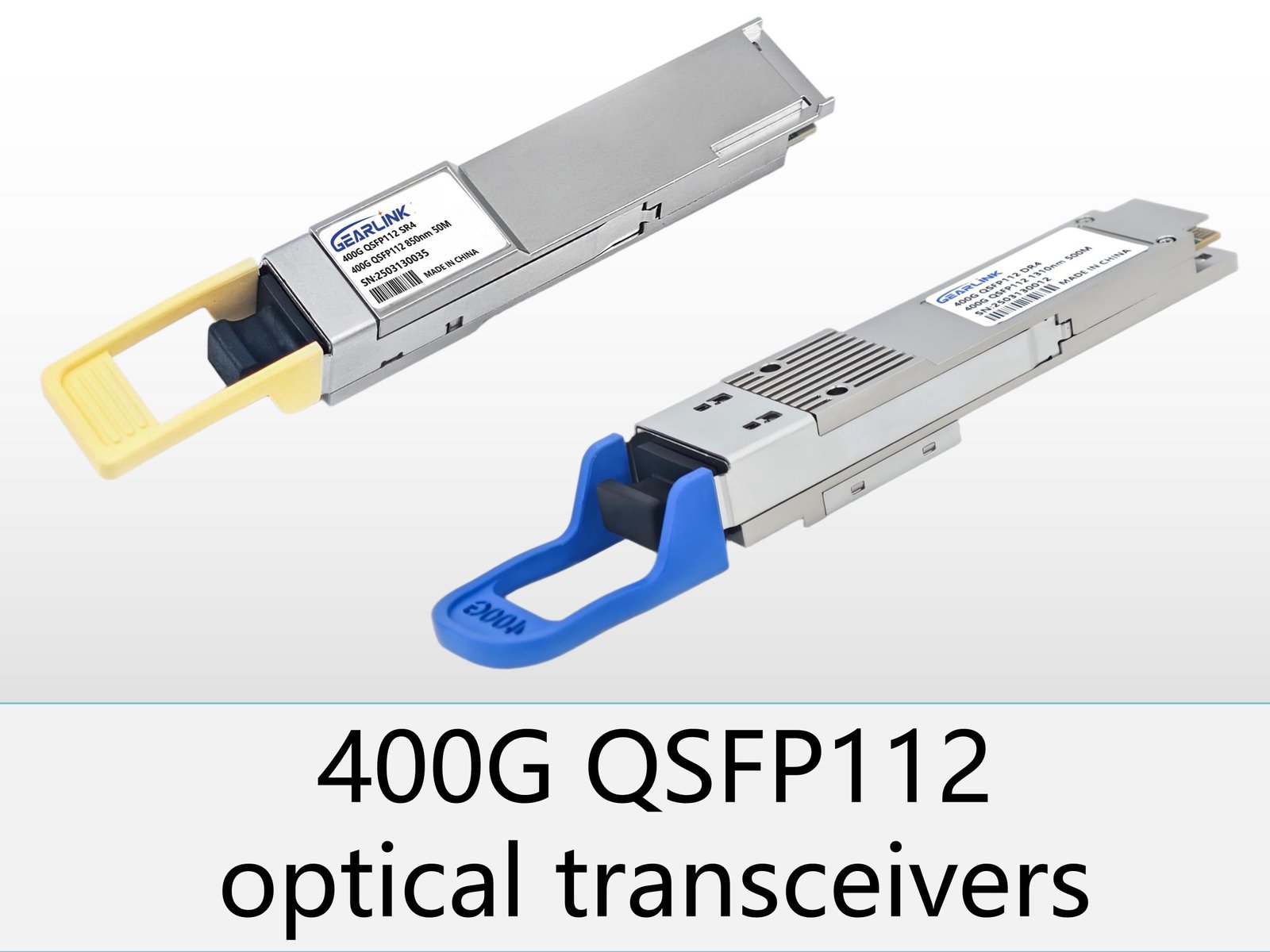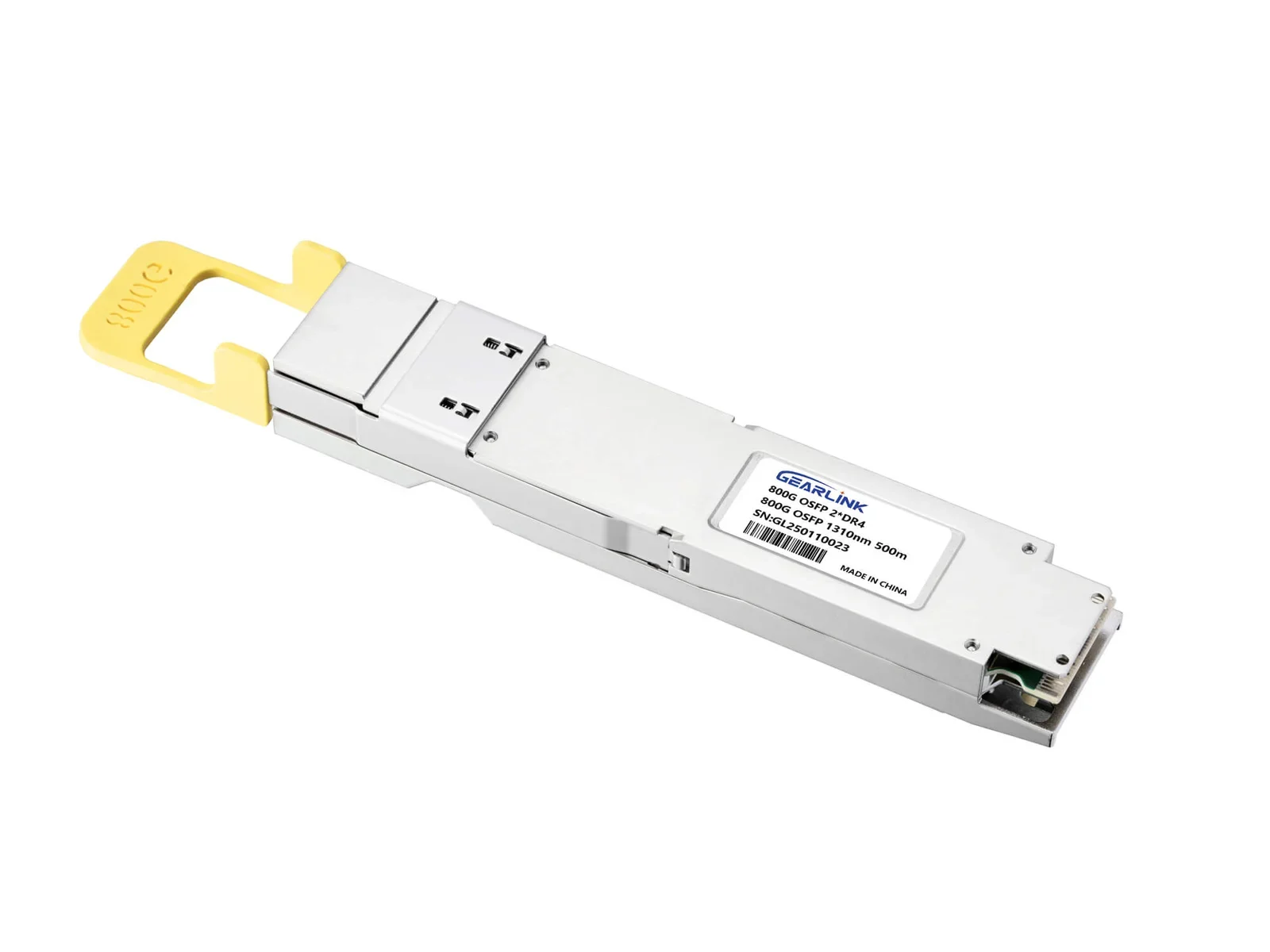Introduction: The Growing Importance of Optical Transceivers in Networking
In today’s digital world, the demand for fast, reliable, and scalable data transmission is more critical than ever. Optical transceivers have emerged as a vital component in achieving high-performance networking, particularly in industries like telecommunications, data centers, and enterprise IT. These compact devices are responsible for converting electrical signals to optical signals (and vice versa), enabling high-speed data transmission over fiber-optic networks.
This article aims to provide a deep dive into the advantages and features of optical transceivers, with a specific focus on the U.S. market. As a professional in the optical transceiver industry, understanding these devices’ capabilities can give you the edge when optimizing your network’s performance.
What Are Optical Transceivers?
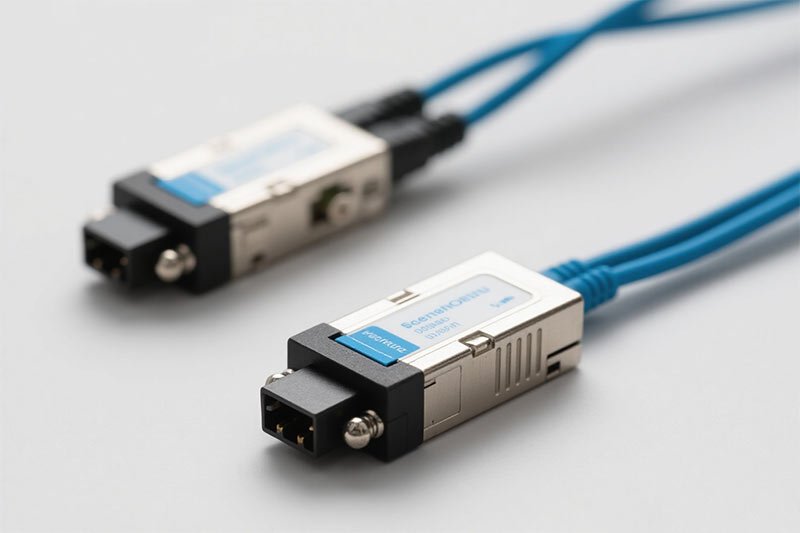
An optical transceiver is a small device that transmits and receives optical signals across fiber-optic cables. These transceivers are widely used in networking systems to convert electrical signals into optical signals for long-distance data transmission. They are available in various forms, such as SFP, SFP+, QSFP, and XFP, each designed to meet specific data transmission needs.
In short, optical transceivers are the backbone of modern fiber-optic communication, facilitating the fast and efficient transfer of data across vast distances. They are essential for telecommunications, data centers, and high-performance computing systems.
Key Features of Optical Transceivers
1. High-Speed Data Transfer
One of the most significant advantages of optical transceivers is their ability to support high-speed data transfer. With the increasing demand for bandwidth, especially in the U.S. market, these devices offer speeds ranging from 10 Gbps to over 400 Gbps. Optical transceivers enable networks to handle large amounts of data with minimal delay, making them ideal for cloud computing, video streaming, and enterprise networks.
Whether you’re upgrading your data center infrastructure or optimizing your telecom network, optical transceivers provide the speed required to meet today’s growing data demands.
2. Long-Distance Data Transmission
Unlike traditional copper cables, which are limited in the distance they can carry signals, optical transceivers enable data transmission over long distances without significant signal loss. Fiber-optic cables, paired with optical transceivers, offer superior signal quality, making them ideal for long-range communication. This advantage is particularly crucial for telecom companies and large-scale data centers that require reliable communication between geographically dispersed locations.
By using optical transceivers, you can ensure consistent and reliable connectivity, even over thousands of miles, without the need for signal boosters or amplifiers.
3. Low Latency for Real-Time Applications
In industries where real-time communication is essential, such as financial trading, VoIP (Voice over Internet Protocol), and video conferencing, low latency is a key requirement. Optical transceivers play a vital role in ensuring that data is transmitted with minimal delay. They provide high-speed, low-latency connections, ensuring smooth and uninterrupted communication.
If you’re in the U.S. telecom or finance sectors, investing in optical transceivers will significantly improve your ability to deliver real-time services with low latency.
4. Energy Efficiency
As energy costs rise and businesses look for ways to reduce their carbon footprint, energy efficiency has become a major consideration in network infrastructure. Optical transceivers are inherently more energy-efficient compared to their copper counterparts, which consume more power for data transmission. By incorporating optical transceivers into your network, you can lower energy consumption while maintaining high performance.
This energy efficiency is particularly important for data centers in the U.S., where electricity costs can significantly impact operational budgets. By using optical transceivers, you can reduce both your energy bills and environmental impact.
5. Scalability for Future Growth
One of the most appealing features of optical transceivers is their scalability. As your data transmission needs grow, optical transceivers can be easily upgraded to higher speeds. Whether you’re expanding your data center or upgrading your telecom infrastructure, optical transceivers provide the flexibility to scale your network as demand increases.
This scalability ensures that your network can keep up with evolving data requirements without requiring a complete overhaul of your infrastructure.
Types of Optical Transceivers and Their Applications
1. SFP (Small Form-factor Pluggable)
SFP transceivers are compact and cost-effective, making them ideal for short- to medium-range data transmission. They are commonly used in enterprise networks, where moderate data rates (up to 10 Gbps) are sufficient. SFP modules are highly versatile and can support both single-mode and multi-mode fiber-optic cables.
2. SFP+ (Enhanced SFP)
SFP+ is an upgraded version of the standard SFP, supporting speeds of up to 10 Gbps. It is commonly used in data centers and high-performance computing applications. With its higher bandwidth, SFP+ is ideal for applications that require high-speed data transfer over short to medium distances.
3. QSFP (Quad Small Form-factor Pluggable)
QSFP transceivers are designed for high-bandwidth applications and can support data rates of 40 Gbps, 100 Gbps, and beyond. These transceivers are widely used in data centers and large-scale networks that require high-speed data transfer and high-density connections. QSFP modules are ideal for applications like cloud computing, video streaming, and big data analytics.
4. XFP (10-Gigabit Small Form-factor Pluggable)
XFP transceivers are designed for high-speed, long-distance transmission. They support speeds of up to 10 Gbps and are commonly used in telecom networks and high-performance computing systems. XFP modules are often used in metro-area networks (MANs) and long-haul fiber-optic links.
How Optical Transceivers Benefit U.S. Businesses
1. Improved Network Performance
For U.S. businesses, investing in optical transceivers can lead to significant improvements in network performance. Whether you’re operating a data center, telecom network, or enterprise IT system, optical transceivers enable faster, more efficient data transmission, ensuring that your network can handle large volumes of data without delays or bottlenecks.
2. Cost Savings on Infrastructure
By adopting optical transceivers, businesses in the U.S. can reduce the need for expensive copper-based cables and hardware. Additionally, the low latency and high speed provided by optical transceivers help improve network efficiency, which can reduce the need for costly network upgrades and maintenance.
3. Future-Proof Technology
As data demands continue to grow, optical transceivers offer a future-proof solution for businesses in the U.S. These devices can be easily upgraded to support higher speeds, ensuring that your network infrastructure remains competitive and capable of handling future demands.
Conclusion: Why Choose Optical Transceivers?
Optical transceivers are essential for any modern network infrastructure, offering speed, efficiency, and scalability. Whether you’re building a new data center, upgrading your telecom network, or improving your enterprise IT system, optical transceivers provide the performance and reliability you need to stay ahead in today’s data-driven world.
For businesses in the U.S., incorporating optical transceivers into your networking systems is a smart investment that will not only improve your network’s performance but also reduce operational costs and future-proof your infrastructure.

